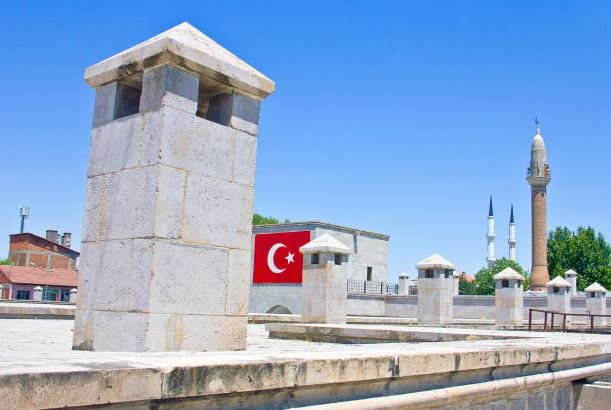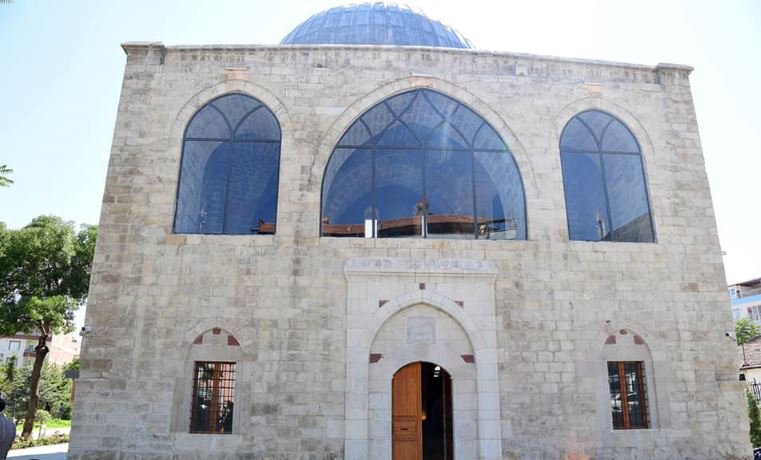Exploring the mosques, churches, and caravanserais of Malatya offers a captivating glimpse into the city’s diverse cultural and religious heritage. Nestled in eastern Turkey, Malatya boasts a rich history marked by the convergence of various civilizations and faiths. This exploration explores into the architectural and historical significance of Malatya’s mosques, churches, and caravanserais, highlighting their role in shaping the city’s identity.

Ulu Mosque
The Ulu Mosque, one of Malatya’s most iconic landmarks, stands as a testament to the city’s Islamic heritage. Built in the 13th century during the Seljuk period, the mosque features intricate stone carvings and a grand courtyard. The Ulu Mosque’s architectural design reflects the Seljuk style, characterized by its large dome and slender minaret. As a central place of worship, the mosque has played a significant role in the spiritual and communal life of Malatya’s residents for centuries.
Yeni Mosque
The Yeni Mosque, or New Mosque, is another prominent Islamic site in Malatya. Constructed in the 17th century during the Ottoman era, the mosque showcases classic Ottoman architectural elements, including a large central dome and elegant arches. The Yeni Mosque’s interior is adorned with beautiful tile work and calligraphy, exemplifying the artistic achievements of the Ottoman period. This mosque continues to serve as an important place of worship and community gathering.
St. Peter and St. Paul Church
Malatya’s diverse religious landscape is further enriched by the presence of St. Peter and St. Paul Church. This ancient Christian church, dating back to the Byzantine era, reflects the city’s historical role as a crossroads of faiths. The church’s architecture features traditional Byzantine elements, such as a cross-shaped floor plan and ornate frescoes. St. Peter and St. Paul Church stands as a reminder of the Christian communities that have flourished in Malatya over the centuries, offering a serene place for reflection and worship.
Surb Astvatsatsin Church
The Surb Astvatsatsin Church, an Armenian Apostolic church, is another significant religious site in Malatya. Built in the early 19th century, the church is dedicated to the Holy Mother of God. The Surb Astvatsatsin Church’s architecture combines traditional Armenian design with local influences, creating a unique and beautiful structure. This church highlights the rich cultural tapestry of Malatya, where different religious communities have coexisted and contributed to the city’s heritage.
Silahtar Mustafa Pasha Caravanserai
The Silahtar Mustafa Pasha Caravanserai is a striking example of the architectural and commercial heritage of Malatya. Built in the 17th century, this caravanserai served as a resting place for travelers and merchants along the ancient trade routes. The structure features a large courtyard surrounded by rooms and stables, designed to accommodate both people and animals. The Silahtar Mustafa Pasha Caravanserai reflects the importance of trade in Malatya’s history and the city’s role as a hub of commerce and cultural exchange.
Taşhan Caravanserai
The Taşhan Caravanserai, also known as the Stone Inn, is another notable caravanserai in Malatya. Constructed during the Ottoman period, the Taşhan Caravanserai is characterized by its sturdy stone walls and spacious courtyard. The caravanserai’s design facilitated the needs of traders and travelers, providing a secure and hospitable environment. Today, the Taşhan Caravanserai stands as a symbol of Malatya’s vibrant commercial past and its enduring legacy as a center of hospitality and trade.
Conclusion
The mosques, churches, and caravanserais of Malatya offer a rich tapestry of architectural and cultural heritage. From the grandeur of the Ulu Mosque and the elegance of the Yeni Mosque to the spiritual serenity of St. Peter and St. Paul Church and the historical significance of the Silahtar Mustafa Pasha Caravanserai, these sites reflect the diverse influences that have shaped Malatya over the centuries. Exploring these landmarks provides a deeper understanding of the city’s multifaceted history and its role as a crossroads of civilizations and faiths. By preserving and celebrating these sites, Malatya honors its past while enriching the cultural experience of visitors and residents alike.

